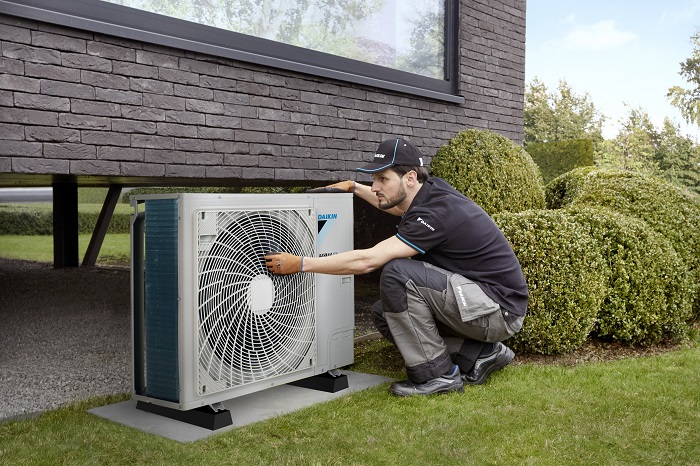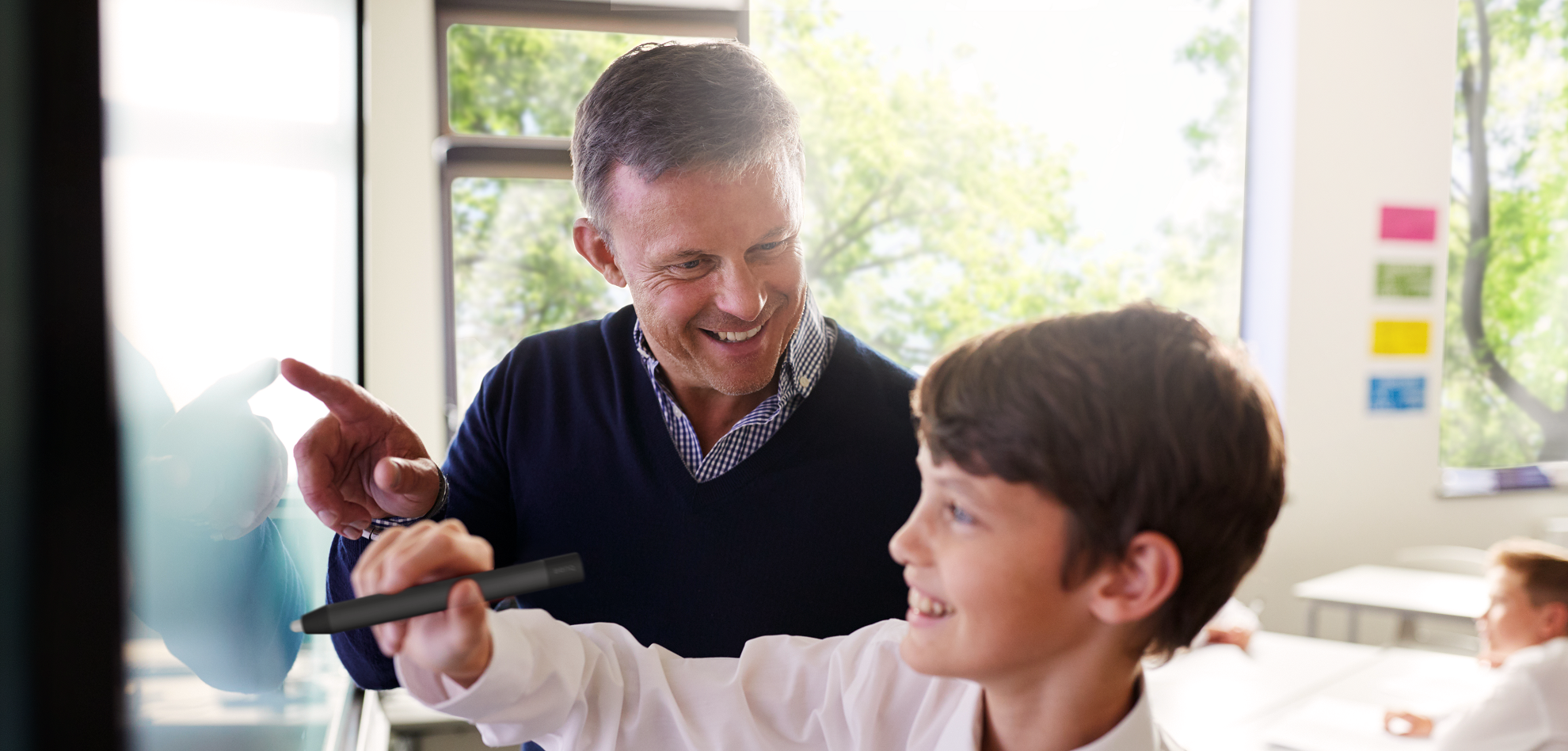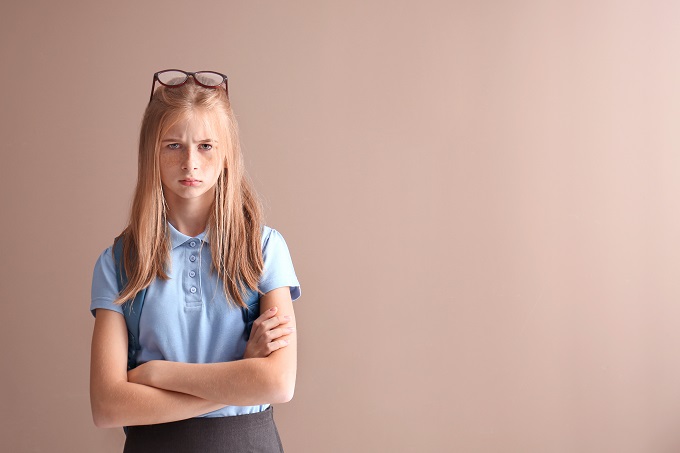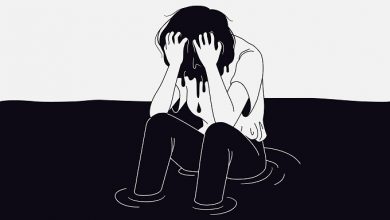Indoor air quality plaguing our schools
Effective ventilation has never been more of a necessity in schools.

It is widely known that crowded, poorly aired classrooms are a breeding ground for germs that can cause many common illnesses, but the so-easily transmissible Omicron variant of COVID-19 has added a new layer of seriousness to the ventilate debate.
Read the full article in our latest print issue, here.
While air filtration alone cannot prevent COVID transmission, health and government officials around the world recommend increasing ventilation, with outdoor air and air filtration, as a vital part of any larger strategy. The Australian Health Protection Principal Committee, for instance, lists improved ventilation as a potential additional control measure to reduce the risk of COVID transmission.
Australian teachers voiced concern around poor ventilation in schools when they reopened amid the ongoing pandemic of an airborne virus.
Last term, for instance, concerned Brisbane teacher Tim Arnot told ABC that he decided to monitor CO2 in his classroom and recorded levels four-times higher than recommended. Levels of CO2 rise as people breathe, where spaces are poorly ventilated, and research has linked CO2 levels to educational outcomes. Prolonged exposure to poor air quality, wherein the CO2 levels exceed these levels can result in headaches, poor concentration, restlessness, nausea, and sleepiness.

Moreover, “school aged children have greater susceptibility to some environmental pollutants than adults because they breathe higher volumes of air relative to their body weight, and their body tissue and organs are actively growing,” according to a recent Australasian research paper titled, ‘Indoor Air Quality and Thermal Comfort’, which notes: “Children also spend more time in school than in any other environment except home. Indoor air quality is dependent on the concentrations of CO2 and other respiration derived pollutants, volatile organic compounds (VOC), particulate matter and other pollutants such as formaldehyde.”
While schools scramble to navigate confusing COVID guidelines from their government bodies, one way they can safeguard the health of students and staff is to monitor indoor air quality.
With proper use and maintenance of HVAC systems, air cleaners and purifiers with high efficiency particulate air (HEPA) filters can help reduce airborne contaminants including viruses indoors. It won’t necessarily stave off Omicron, but adequate ventilation can improve general health and wellbeing. The ventilation most suitable for your school spaces will vary depending on size, occupancy, acoustics, and more. Solely mechanical ventilation is well-suited to internal rooms or where acoustic requirements don’t allow for natural ventilation.
To find out more, School News spoke to industry professionals about what air care technologies are on the market…
Specialist insights for schools
Suzanne Hammouche, CEO of GAMA Healthcare Australia, recommended air care technologies containing medical-grade HEPA H14 filters to improve indoor air quality, but also stressed that schools should first consult and follow local guidelines.
“A peer-reviewed Australian study published in Infection Control & Hospital Epidemiology journal identified clean surfaces, ventilation and air filtration as playing key roles in preventing the aerosol spread of viruses like COVID-19 indoors. The study observed that two air cleaners (i.e., portable HEPA filters) in a room reduced aerosols by 67 percent compared to those without.
“Most schools are reluctant to undertake a costly and disruptive full-scale refurbishment but are looking for a fast, effective air purification solution. To accomplish this, I recommend checking for air purifiers with the following features: an auto-mode that senses air quality and adjusts speed; a dual HEPA 14 filter as these are 10 times more effective than models using HEPA 13 technology; a high clean air delivery rate (CADR); low noise levels while operating, particularly while in automatic mode; pre-filters and carbon filters to help prolong the HEPA filter lifespan; a filter change sensor to encourage timely removal and replacement; and built-in air particulate sensors to help identify the current air quality in the room.”
Suzanne further explained, “the higher the CADR, the higher the volume of air purified hourly, so a portable unit that delivers a high CADR of up to 600m3 per hour, would be able to ventilate rooms up to 120m3 with five air changes an hour”.
“These features make for a cost-effective air purification solution to quickly decontaminate and improve air quality, without the need to install integrated HVAC systems.”
BenQ Australia Managing Director, Martin Moelle told us that ‘air purification’ has definitely become a buzz word heading back to school for 2022.
“Some public schools have been lucky enough to be part of the government air filter rollout, and many private schools are taking matters into their own hands. We’ve also seen some interesting and innovative DIY projects as a result of this trend, with schools making their own devices–utilising inexpensive fans and MERV filters. There’s even a whole community coming together to share designs and ideas. Something else we have seen rapidly develop in this space is air ionisation technology.
“Essentially, negatively charged ions are deployed to ‘take down’ VOCs in the air. This could be the next big thing in air quality assurance.”
He added: “The research around virus transmission has really highlighted the need for better ventilation in shared spaces. Stopping recirculation or minimising unfiltered air seems to be the best way to mitigate risk. Then implementing technology like air purifiers along with the added safeguard of effective monitoring of key parameters like CO2 becomes very important.
In terms of air quality specifically, he said: “We’re seeing evidence of public schools even striding ahead of their private counterparts with new public school buildings in Queensland, for example, already being fitted with CO2 sensors along with existing schools implementing similar air quality measuring devices. Opening windows to let fresh air into a class is best, especially in many parts of Australia where it’s relatively comfortable to do so. But having filters retrofitted into existing air conditioning infrastructure is also being explored by schools.”
Daikin spokesperson, Dan Tosh, has noticed and increased demand for air conditioners with integrated air purification technology.
He said: “This product segment is growing with more models coming onto the market for various applications. Schools are also considering adding mechanical ventilation to help bring fresh air into classrooms and indoor spaces.
“Schools should consider the air change rate per hour (ACH), which is how often indoor air is being replaced with outdoor air. Increasing the air change rate will help dilute the air within the space with some suggestions of upwards of four to six air changes per hour. This may be difficult to achieve in some classrooms, but any improvement on the current air change rate will be better.
“There are different ways to achieve higher air quality year-round by either natural ventilation which is simply opening doors and windows or by mechanical ventilation which uses fans and ductwork to bring in the outside air. Natural ventilation depends heavily on outdoor wind conditions so you might not achieve your requirements for ACH–if it’s too hot or cold staff will be reluctant open the windows and doors as well. Whereas, with mechanical ventilation you can control and direct the outside air as needed, irrespective of the weather.”
Finally, Dan explained: “The national construction code (NCC) sets the minimum requirements for ventilation that is needed for schools. One verification method is to measure the average CO2 amount is under 850 PPM over eight hours, the other method is to allow 12 l/s per person of outside air. So, if you wanted to target a maximum CO2 amount 850 ppm can be used, this can be measured by either a CO2 or IAQ sensor.”







